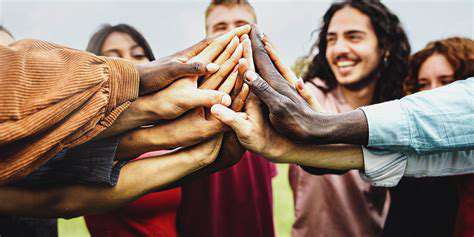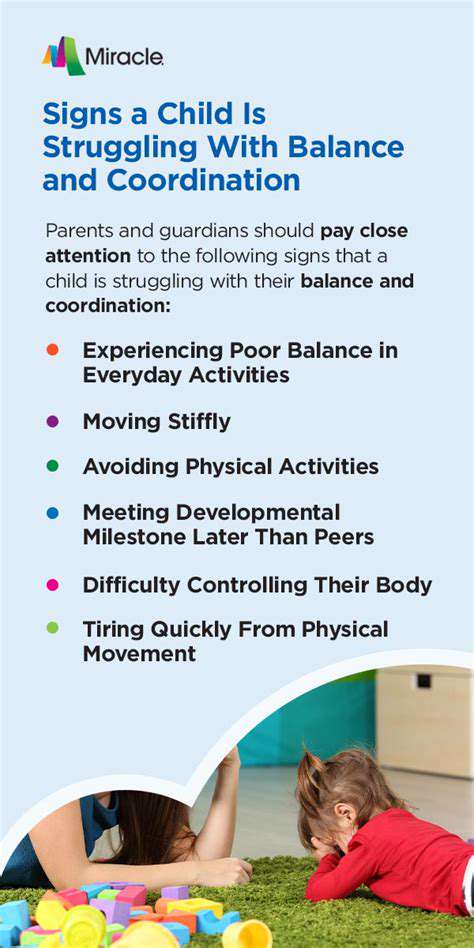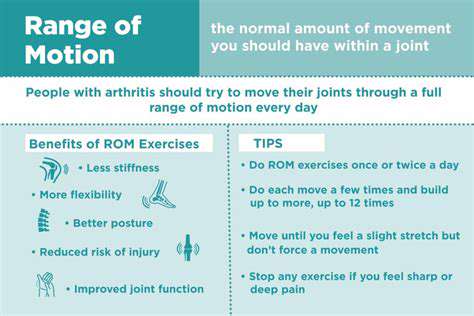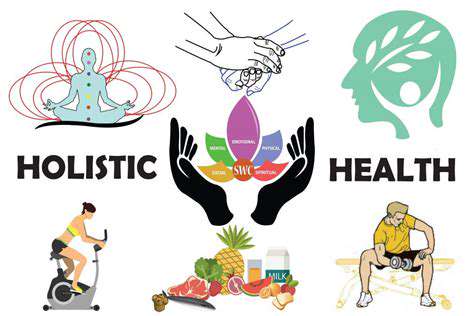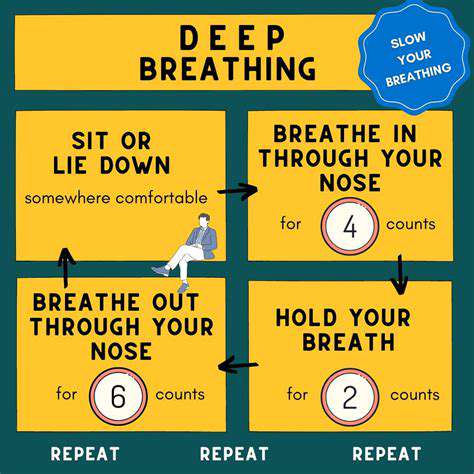9 Benefits of Social Fitness for Older Adults
Enhanced Physical Health and Mobility
Improved Cardiovascular Health
Group activities like exercise classes or walking clubs offer older adults more than just companionship - they actively strengthen the heart. When seniors move together, their hearts pump more efficiently, circulating oxygen-rich blood throughout the body. This natural process helps prevent plaque buildup in arteries, significantly lowering heart disease risks. The laughter and conversation during these activities do double duty by reducing stress hormones that can damage cardiovascular health over time.
What makes these group activities special is their staying power. Unlike solitary workouts that often get abandoned, the social commitment keeps participants returning week after week. This consistency creates compounding benefits - regular attendees often show blood pressure improvements comparable to medication, without the side effects.
Enhanced Muscle Strength and Balance
Social exercise programs cleverly disguise strength training as group fun. Simple resistance exercises done in unison help rebuild the muscle mass we naturally lose with age. The real magic happens when participants cheer each other on - that extra encouragement often leads to completing just one more rep that makes all the difference.
Balance exercises take on new life in group settings. What might feel silly to practice alone becomes enjoyable when everyone's trying together. Participants don't just improve their stability - they gain confidence in their movements, reducing the fear of falling that often limits seniors' activities.
Increased Flexibility and Range of Motion
Group stretching sessions offer benefits beyond the physical. As participants gently reach for their toes together, they're also stretching their social connections. The shared experience makes people more likely to maintain proper form and hold stretches longer than they would at home.
Activities like chair yoga demonstrate how adaptable movement can be. Seeing others modify poses inspires participants to listen to their own bodies rather than push too hard. This mindful approach leads to sustainable flexibility gains without injury risks.
Improved Bone Density
The social aspect transforms bone-strengthening exercises from chore to celebration. Weight-bearing movements like dancing or light jumping done in groups feel more like play than medicine. Yet these activities stimulate bone cells just as effectively as clinical interventions, helping prevent osteoporosis fractures.
Reduced Risk of Chronic Diseases
Social fitness creates a ripple effect of healthy choices. After sweating together, participants often share nutritious recipes or walking dates. This organic health education sticks better than doctor's orders because it comes from trusted peers facing similar challenges.
The group accountability helps break sedentary cycles that contribute to diabetes and other chronic conditions. When three friends expect you at water aerobics, you're far less likely to skip than if you're exercising alone.
Increased Emotional Support and Resilience
Boosting Emotional Well-being
Social fitness groups become accidental therapy sessions. Between sets or during cooldowns, participants naturally share life updates and concerns. These organic conversations create safety nets that catch people before small worries become overwhelming.
The routine of regular meetings provides emotional stability. Knowing every Tuesday brings familiar faces and shared activity helps buffer against life's unpredictability. For those grieving losses or adjusting to retirement, this consistency can be life-changing.
Enhancing Resilience and Coping Mechanisms
Group fitness subtly teaches problem-solving skills. When a new dance step frustrates everyone, watching others persist normalizes the struggle. These small victories build confidence that transfers to life outside the gym - if I mastered the cha-cha at 70, maybe I can handle that new smartphone after all.
The intergenerational magic in some groups provides particular resilience benefits. Younger instructors often approach challenges with different perspectives that inspire older participants to reframe their own obstacles.
Boosted Self-Esteem and Confidence
Boosting Self-Worth Through Connection
Nothing rebuilds confidence like being needed. Social fitness groups naturally create roles - the encourager, the technique stickler, the comic relief. Discovering you're an essential piece of the group's chemistry reaffirms your value in ways solitary activities never could.
The non-verbal compliments matter too. When others mirror your movements or ask for your help, it silently communicates respect that words sometimes can't.
Improved Physical Health Through Social Engagement
Social workouts trick people into exercising longer and harder. The distraction of conversation makes time fly, while friendly competition (even with oneself) pushes limits safely. Participants often shock themselves with what they can accomplish in supportive company.
Reduced Risk of Cognitive Decline
Group fitness challenges the brain in sneaky ways. Remembering dance sequences or adapting to others' movements creates neural gymnastics that solitary workouts can't match. The social decoding required - reading facial cues, anticipating partners' motions - gives the brain a full workout.
Enhanced Emotional Well-being
Laughter flows more freely in groups, releasing endorphins that dull pain and brighten moods. The shared vulnerability of trying new movements creates bonds that extend beyond class time. Inside jokes about left feet become social glue.
Increased Independence and Self-Reliance
Paradoxically, relying on others builds self-reliance. Knowing the group has your back gives courage to try new things independently. Participants often report attempting grocery trips or outings they'd avoided before, empowered by their growing fitness and peer support.
Discovering New Interests and Hobbies
Social fitness acts as a gateway drug to other activities. Water aerobics buddies start book clubs. Walking group members plan museum trips. The initial shared activity builds trust that blossoms into broader explorations.
Improved Quality of Life
The benefits compound in unexpected ways. Better sleep from daytime activity leads to brighter moods. Increased energy makes socializing easier, creating virtuous cycles. Participants often find their entire lives gently elevated by this one regular commitment.
